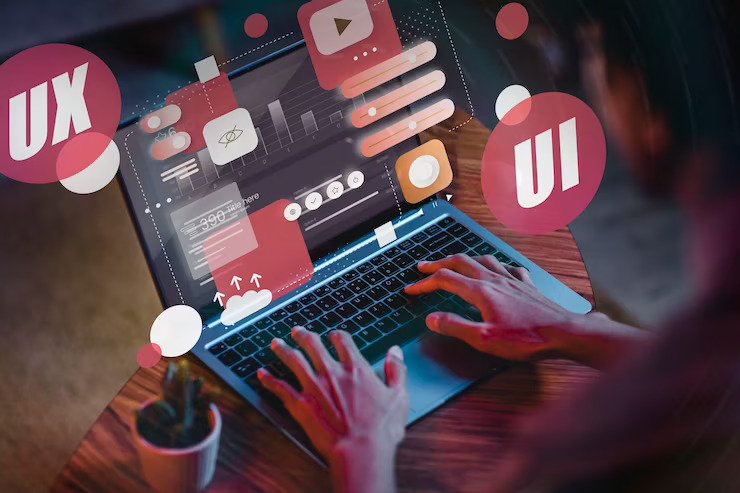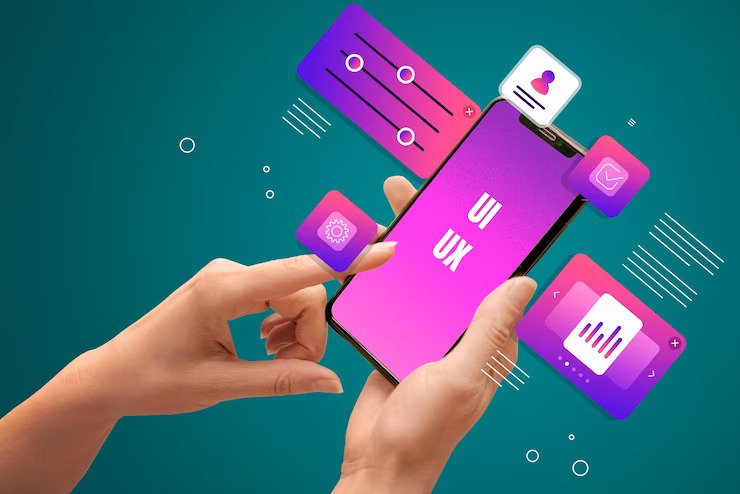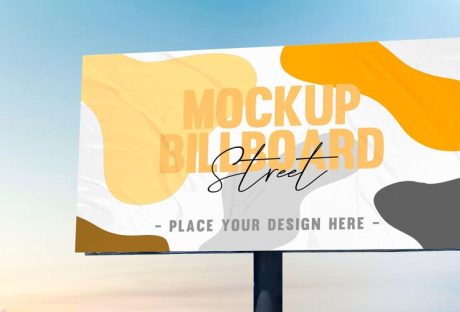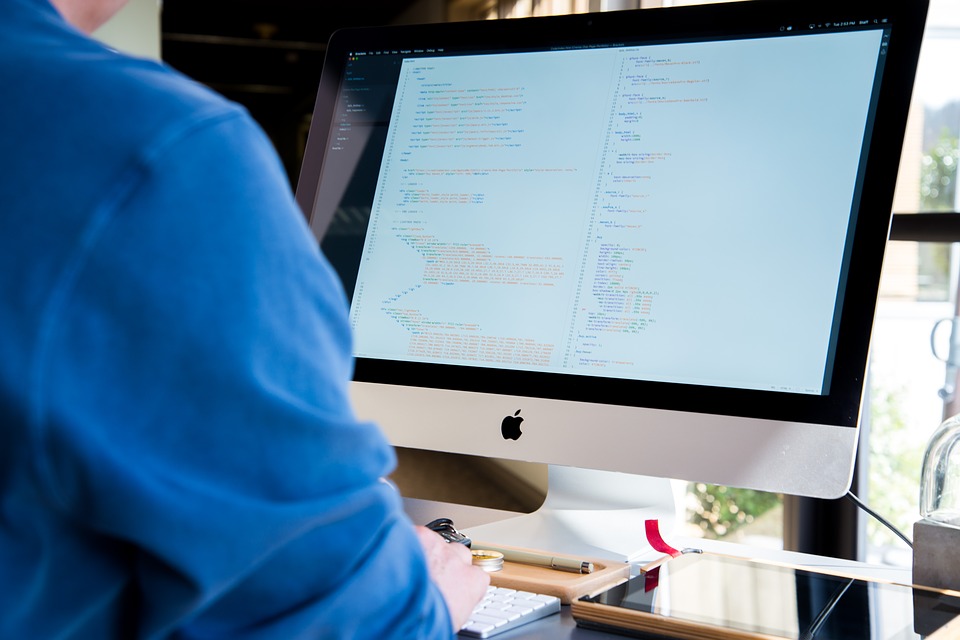Exposure to financial services in this busy economic market is sky-high.
However, not every financial service is up to the mark with its customer-centric approaches. In turn, FinTech is the next big thing in the financial world.
Digital platforms are engaged in interacting and perceiving with the users. The innovative capabilities of FinTech applications largely determine user experience (UX). To make financial services more accessible and approachable to users, ux design financial services are far better than traditional complex financial services.
The world of digital finance might seem intimidating to many for its complex terminology and lengthy processes. Moreover, a lack of customer-centricity is the main concern for many while dealing with the complex economic market.
Simplifying finance is best possible through “Humanizing FinTech,” which is largely convinced with UX design.
Contents
What is UX design?
Well, at the core, the main terminology here is to define an intuitive design to embrace a better user experience and bridge the gap between financial services and users.
Prominent Roles Of Ux Design In Financial Services

The pivotal experience of financial service should be ecstatic for the users. It cannot be complex and boring. Financial aspects are already boring, and things need to be easy with digitalization.
So, FinTech, through UX designs, can be more accessible and engaging for the users.
Every financial sector is trying to solve the users’ problems and manage the people’s concern. Apart from that, a financial service cannot be vulnerable to its security aspects.
However, the best part is that UX designs can provide you with a streamlined process to simplify financial services and engage better digital finance to ensure security while bridging the services gap with users.
Bridge The Gap
One of the main roles of UX design is to eliminate the gaps between user understanding and financial services. UX designers want users to understand the financial concepts and also become intuitive to the processes.
What do you want?
A boring spreadsheet? Or a colorful graph with pie charts?
No one wants a boring data sheet that is complex to navigate and also not eye soothing. In contrast, UX designers help accomplish financial tasks quite easily for any user.
For instance, transferring funds, managing insurance policies, and considering stocks are different financial services, but UX designs make it all easy for you to understand and navigate.
No one wants to increase their learning curves while using financial services. Common people do not use complex financial data. They are unaware of the critical financial exposures but need to manage their finances instead.
So, if you are using an app, you would like to get some attractive features that are easy to understand and ready to help you with colorful approaches.
Well, demystifying complex financial data and presenting it easily to the users is the foremost priority of a UX designer.
Focusing On User Trust And Security
The role of UX design in financial applications is fostering customer loyalty and creating a positive user experience. However, gaining the audience’s or users’ trust in the FinTech industry is quite tough.
Well, a streamlined process is the only solution to generate an intuitive design for a better user experience. However, it does mean anything to gain the trust of the users. If you want to trust them, you must focus on creating a better security process.
For instance, if you use a biometric authentication process like facial recognition or fingerprint scanner, it can generate a better user experience. These are the ultimate solutions to present a user-friendly approach in advanced ways to engage people in a non-intrusive way.
Reinforcing the trust of the people is best possible with UX designs like encrypted notifications and secure connections.
So, it is time for you to foster user experience and gain their trust.
Streamlining The Complex Financial Process
The biggest role of UX design is to transform the traditional banking process into a digital landing platform.
Well, what are the features of the traditional banking process?
- Lots of paperwork.
- Lack of transparency.
- Lengthy approval times.
However, with digitalization, things are changing. Financial sectors are becoming more and more efficient in dealing with the instances of consumers and getting friendly. This is where digital landing platforms efficiently manage your concern with various features.
- Real-time updates.
- Time efficient services.
- Ensures transparency.
The whole approach of UX design is to provide you better user experience by analyzing the streamlining process. So, now the loan approvals will be quick through digital applications, and you will also get the best seamless experience.
Engaging User Satisfaction
The difference between UX designers and graphic designers is that UX designers follow a user-focused and multidisciplinary approach. In contrast, Graphic designers maintain the curves with specialized pixel-focused consequences.
Apart from that, emotional design, creative thinking, and prototyping are the common responsibilities of these designers.
It is hard to believe that 90% of people stop using an app due to poor performance. So, a positive user experience with better quality and usability is expected.
Enhanced user satisfaction with customization may increase the retention rate for a financial service. For instance, if you are using a banking app, you would like to check your account balance or transact money quickly.
Now if it has an easy-to-use interface and you can work on it quickly, then you would like to keep the app on your phone.
Digital financial services are difficult to avoid in this fast-paced world but also cumbersome to use in many cases. Finding a better UX-designed financial service is always a better resolution to avoid inconsistency and engage proximity.
Read Also:






















